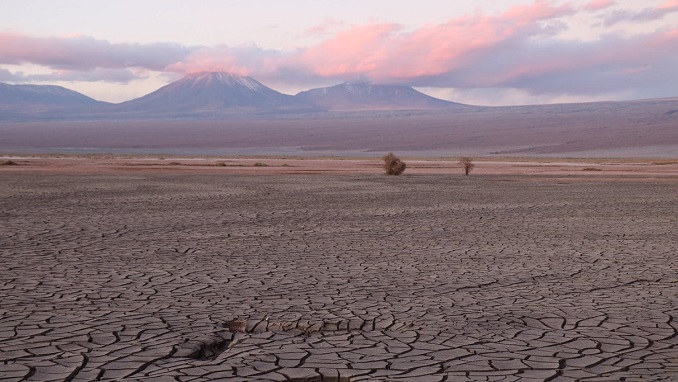
As Chile is living through a record-breaking drought longer than 12 years and its 6 million-strong capital of Santiago is facing the possibility of being cut off from water resources, the Governor of the Santiago metropolitan region Claudio Orrego announced on Monday an unprecedented plan for rationing water to avoid catastrophe.
Orregeo pointed out that this is the first time in Santiago’s 491-year history for the city to have a water rationing plan due to the severity of climate change, appealing to citizens to understand that climate change is here to stay and that they must be prepared for there to be not enough water for everyone who lives there.
Orregeo’s plan envisions rotating water cuts that can last up to 24 hours and features a multi-tier alert system based on measuring the capacity of the Maipo and Mapocho rivers, which have provided the Chilean capital’s water supplies.
The length of the cuts – which could take place every 12, six, or four days – will be determined by the water deficit in the rivers, which is measured in liters per second, and will determine if cuts will be implemented in a different area each day.
When the alert is green, the citizens will be required to prioritize groundwater use, the yellow alert will imply water outflow pressure reduction and when the alert is red, some 1.7 million metropolitan residents will have restricted water access.
Due to droughts that have plagued the country in the last decade affecting over three-quarters of Chile, Maipo and Mapocho have seen diminishing water levels.
Chile is experiencing the worst water crisis in the entire western hemisphere due to the long draught but also due to on the water ownership regime, established in 1981 when former dictator Augusto Pinochet signed the Water Code that gave nearly 80 % of the country’s water resources to private agricultural, energy, and mining companies.
According to the government estimates, Chile’s water availability has dropped 10% over the last 30 years to 37% and could drop another 50% by 2060 in northern and central Chile.




Be the first to comment